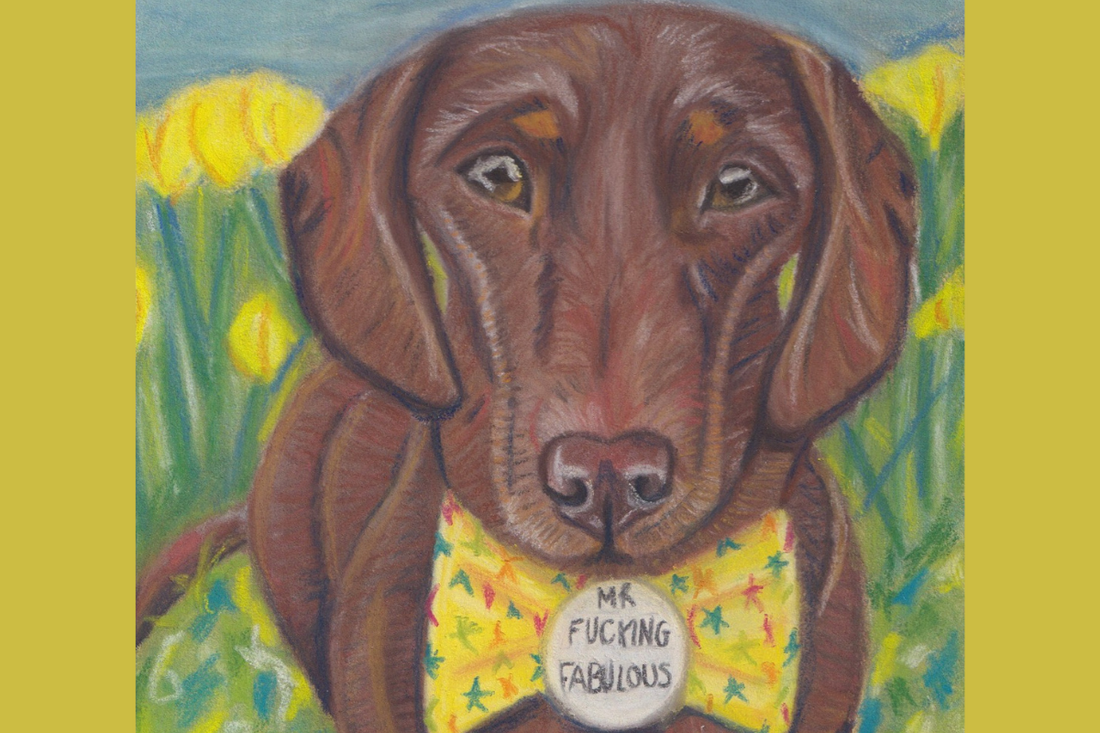
Common Mistakes Beginners Make When Drawing Pets in Pastel Pencils
Share
Embarking on the journey of creating pet portraits with pastel pencils has been both challenging and rewarding. As a Glasgow-based artist, I've encountered several hurdles that many beginners face. Reflecting on these experiences, I hope to offer insights that can help fellow artists avoid common pitfalls.
1. Over-Blending
In the early stages, I often over-blended my pastels, resulting in a smooth but unnatural appearance. While blending is essential for achieving realistic transitions, excessive blending can erase the distinct texture of fur. I've learned to blend just enough to create soft transitions while preserving the individual strokes that mimic the natural texture of fur.
2. Not Capturing Enough Texture
Initially, I struggled to depict the varied textures of different fur types. Without careful observation, I missed the subtle variations in fur length and direction. By closely studying reference photos and practicing different techniques, I've improved my ability to capture the unique textures of each pet's coat.
3. Choosing the Wrong Colours
Selecting colours that don't accurately represent the pet's fur can lead to unrealistic portraits. I once used colours that seemed appropriate but didn't match the pet's true hues, resulting in a portrait that felt off. I've since learned to mix colours carefully and use a limited palette to achieve more accurate representations.
4. Ignoring the Importance of Reference Photos
Relying solely on memory or imagination can lead to inaccuracies. I've found that using high-quality reference photos allows for better attention to detail and ensures the portrait captures the pet's true essence.
5. Not Layering Properly
Applying pastels too heavily in the initial layers can make it difficult to add details later. I've learned to build up layers gradually, allowing for more control and the ability to refine details as I progress.
6. Overlooking the Background
Focusing solely on the pet and neglecting the background can make the portrait feel incomplete. I've realised that incorporating a simple background can enhance the overall composition and highlight the subject.
7. Not Using the Right Paper
Using paper that isn't suitable for pastels can lead to frustration. I've experimented with different types and found that textured pastel paper holds the pigment better and allows for more control.
8. Not Taking Breaks
In the past, I would work for long stretches without breaks, leading to fatigue and diminished attention to detail. I've learned that taking regular breaks helps maintain focus and allows me to return to the artwork with fresh eyes.
9. Not Seeking Feedback
Early on, I hesitated to seek feedback, thinking I should figure it out on my own. However, constructive criticism has been invaluable in identifying areas for improvement and refining my technique.
10. Comparing Too Much
While it's natural to look at other artists' work, I used to compare myself too much, leading to self-doubt. I've learned to appreciate my unique style and focus on my personal growth as an artist.
Conclusion
Reflecting on these challenges has been instrumental in my growth as an artist. By acknowledging and learning from these mistakes, I've been able to refine my technique and create more accurate and expressive pet portraits. For those interested in custom, bespoke pet portraits, I offer hand-drawn artworks that capture the unique personality of your furry friend. Based in Glasgow, I am passionate about bringing joy to your home with a bespoke hand-drawn artwork of your beloved pet.
Contact me here to book your custom pet portrait today!